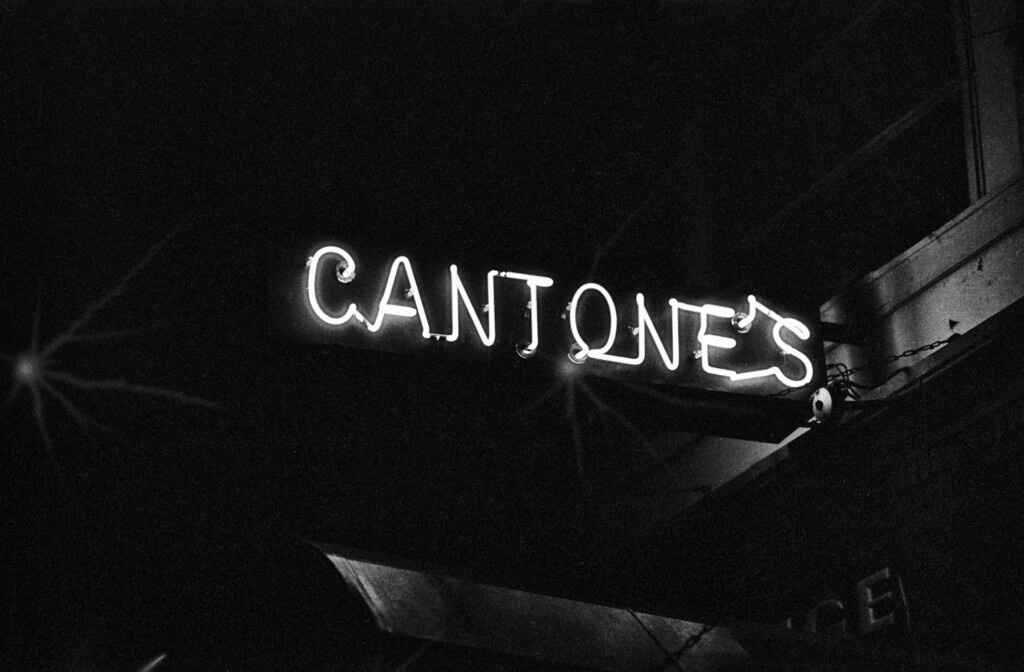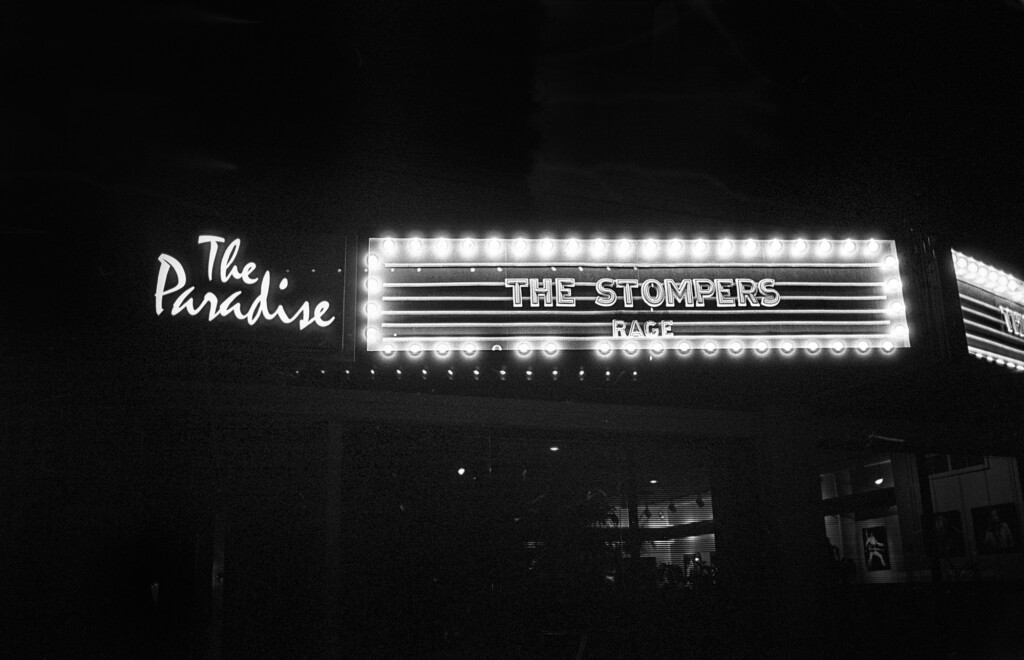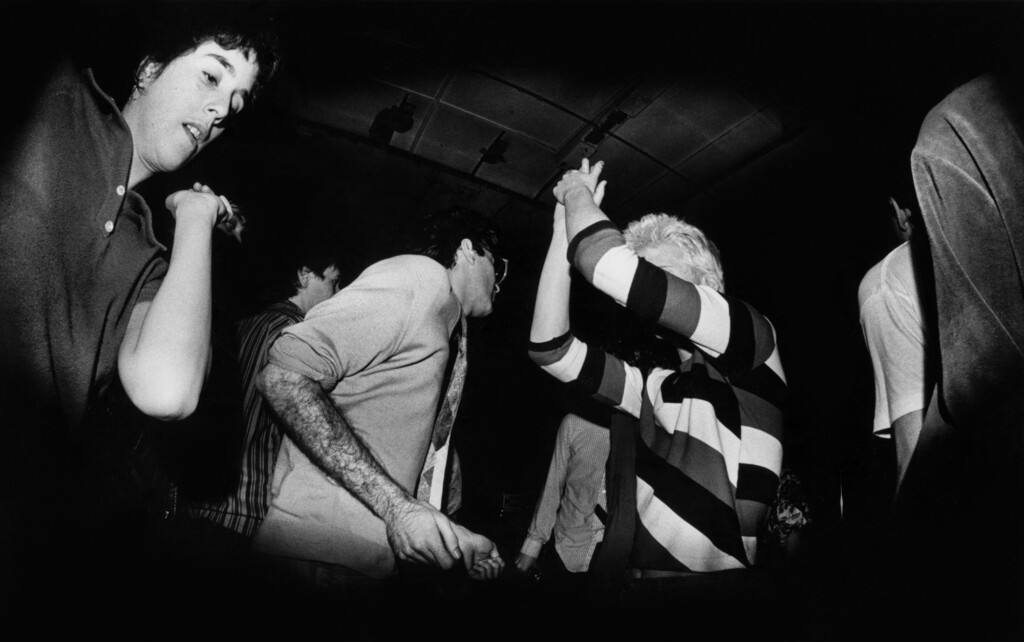Days of Punk
| Fashion
Punk Venues: Legendary Spots that Shaped the Genre
Posted by Michael Grecco

Dive into the annals of punk rock, and you’ll find it’s not just about the music or the fashion, but also about the punk venues. The very walls that contained its raucous energy played an equal role in its evolution. CBGB in New York, 100 Club in London, and the Masque in Los Angeles were not just venues; they were crucibles of cultural change, breeding grounds for iconic bands and symbols of revolt against the mainstream.

CBGB, New York:
If there’s one place synonymous with punk rock, it’s CBGB. Nestled in the Bowery neighborhood of Manhattan, its full name—CBGB & OMFUG—stood for “Country, Bluegrass, Blues and Other Music For Uplifting Gormandizers.” A far cry from its punk roots, right? But by the mid-70s, it had become the epicenter of the punk rock movement.
CBGB was raw and unpretentious. It championed bands that played original music, shunning the cover band culture prevalent in other venues. It was here that bands like Television, the Ramones, Patti Smith Group, and Blondie cut their teeth. The club’s cramped quarters, questionable hygiene, and iconic stage witnessed the birth of American punk. Today, the original CBGB location is now home to a high-end fashion store, but its storefront still bears the legendary club’s name, paying homage to its storied past.

100 Club, London:
Across the Atlantic, London’s 100 Club was brewing its punk revolution. Located on Oxford Street, it began as a jazz club but rapidly evolved with the times. By the ’70s, it was welcoming a new breed of artists, angry and rebellious.
The 100 Club Punk Special in 1976 was a defining moment, featuring a lineup with the Sex Pistols, The Clash, and The Damned. This event is often cited as the moment British punk truly announced its presence. The club was instrumental in launching the careers of these bands and others like Siouxsie and the Banshees and Joy Division. The 100 Club remains operational today, its walls steeped in decades of musical history. Although its lineup is now eclectic, the spirit of punk is still palpable.

The Masque, Los Angeles:
While New York and London were undoubtedly punk hubs, the West Coast was not to be left behind. The Masque in Los Angeles, albeit lesser-known, was the cradle of Californian punk. Founded by Brendan Mullen in 1977, this basement club was both a performance space and a rehearsal spot.
The Masque was a refuge for bands that didn’t fit the rock mainstream. Bands like X, the Germs, and the Weirdos frequented the venue. Despite its short-lived existence (it closed in 1978 due to conflicts with the city and its inability to obtain necessary permits), The Masque’s impact was significant. It was at the heart of L.A.’s burgeoning punk scene, fostering a sense of community and defiance. Today, the location has morphed and shifted through various businesses, but its influence lingers in the annals of punk lore.

The significance of these venues cannot be understated. They were more than mere brick and mortar; they were sanctuaries for the marginalized, platforms for the outspoken, and incubators for a genre that challenged societal norms. Each venue had its ethos, but all shared a dedication to the punk movement’s raw energy.
And what’s become of these hallowed grounds? While the original ethos of CBGB may contrast sharply with its current upscale occupant, and The Masque’s physical space has been lost to time, the spirit of punk rock refuses to be confined to a specific location. These venues, in their heyday, were living, breathing entities, imbued with the passion of countless performers and fans. Their cultural legacy persists, not just in the echoes of music history, but also in the generations of artists and fans they inspired.

The Rathskeller (The Rat) Night Club in Boston, MA.
It’s essential, as we forge ahead into new musical frontiers, to look back and honor these touchstones. They remind us of the transformative power of music, of places, and of community. Punk rock, with its unyielding spirit, found its home in these venues, and in doing so, reshaped the cultural landscape forever.
For those wanting a deeper dive into the era’s electrifying atmosphere, explore Michael Grecco’s punk rock photography book, Punk, Post Punk, New Wave: Onstage, Backstage, and In Your Face. Or immerse yourself in his extensive collection of punk rock prints. They offer a window into a world where music was more than sound; it was a revolution.

